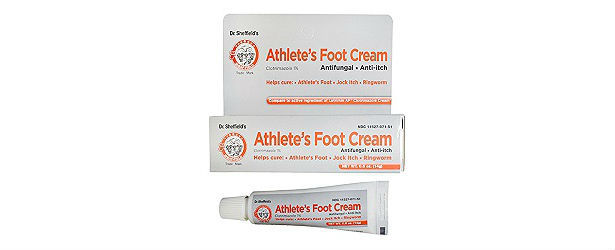Treating Toe Fungus with Over-the-Counter Medications
Athlete’s foot is a common way to describe a fungal infection. What causes it? Generally, you catch athlete’s foot by coming into contact with it at a public swimming pool or communal showers. You see, fungi love moist, warm areas, so they will hang out on a shower floor, just waiting to hop a ride home with you. The fungus that infects your toes is called dermatophytes (commonly known as athlete’s foot), and it usually takes 2 to 6 weeks to get rid of it. Onycomycosis, on the other hand, usually infects your toenails, and it can take as long as a year and a half to cure it.
Below is a list of several over-the-counter medications used to treat athlete’s foot and onycomycosis. It is important for you to check with your doctor before you use one of these if you have a serious illness like diabetes.
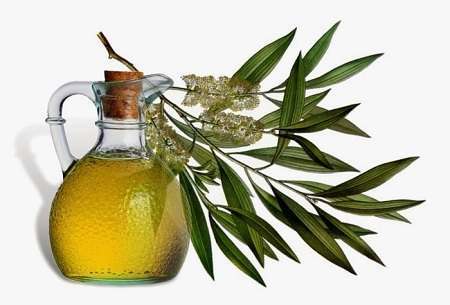 Tea Tree Oil
Tea Tree Oil
The only herbal medication on the list, tea tree oil can be used to treat either onychomycosis or athlete’s foot. As an herbal remedy, it has not yet received FDA approval regarding its effectiveness or safety. As it may interact with other medicines or have side effects, you should consult a physician before trying tea tree oil.
Clotrimazole
To apply the cream, make sure you wear gloves and put it on the infected area twice every day. Make sure you are only using it externally. Side effects are usually minimal but can include itching or burning.
Miconazole
It’s important to note that women who are breastfeeding or pregnant and children younger than 2 should not use miconazole.
Otherwise, miconazole is similar to clotrimazole in that it is used to treat infections on your toes. Remember to wear gloves when you are applying it, which you need to do twice a day. Much like clotrimazole, make sure you are only using this externally. As with many creams, side effects can include a rash or itch.
 Terbinafine
Terbinafine
Terbinafine needs to be used under the supervision of a physician because of its strength, and since it can negatively interact with other prescription medications. It should not be given to kids under 12. Like the other two creams, you put it on two times each day and need to wear gloves when applying it. Terbinafine is generally considered the best way to treat fungal infection that are in between the toes. However, it does not treat onychomycosis.
Tolnaftate
Tolnaftate comes in powder, spray, gel, or cream form. As with the other medications mentioned, you put it on twice a day, externally only. Itching and skin irritation are common side effects.
Undecylenic Acid
Undecylenic Acid treats athlete’s foot by stopping fungi from growing. As with all of the other medications, you need to wear gloves when applying it two times each day. As with miconazole, diabetics and women who are pregnant or nursing should not use this medication. Itching and stinging are common side effects and are no cause for alarm. If you experience swelling of the tongue, lips, or mouth or if you experience shortness of breath, you need to contact a doctor immediately.

 Subscribe Now
Subscribe Now
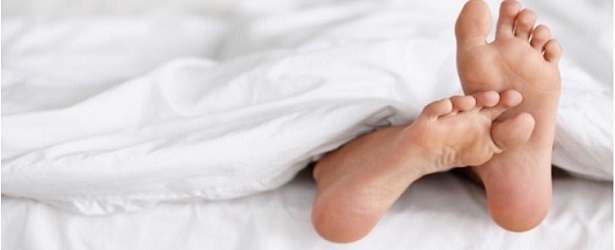
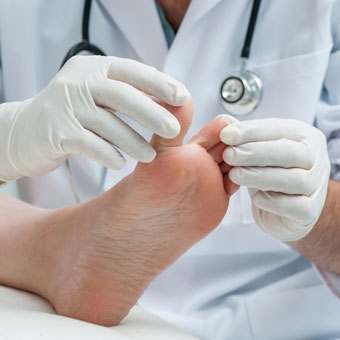 Description
Description Treatment
Treatment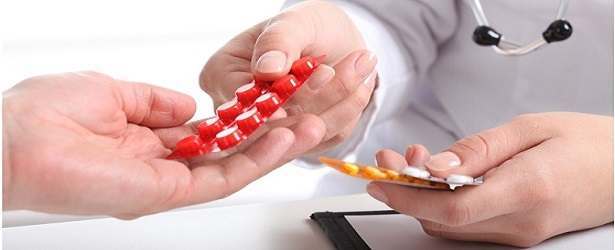
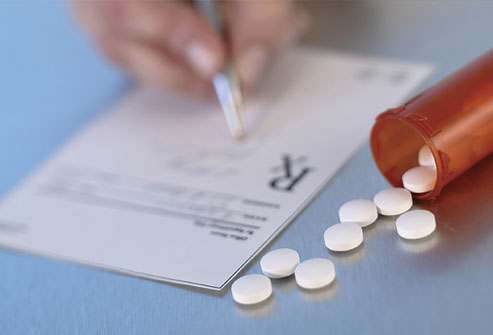 There are possible side effects with Itraconazole. These include a skin rash, headaches, stomach pain, itching, dizziness, constipation, or diarrhea. The effects will normally go away in less than five days, but you need to contact your doctor immediately if they go on for longer or become severe. If you have any of these more dangerous side effects, you need to contact your doctor right away. These include dark colored urine, swelling, extreme weight gain in a short period of time, a change in stool color, fever,
There are possible side effects with Itraconazole. These include a skin rash, headaches, stomach pain, itching, dizziness, constipation, or diarrhea. The effects will normally go away in less than five days, but you need to contact your doctor immediately if they go on for longer or become severe. If you have any of these more dangerous side effects, you need to contact your doctor right away. These include dark colored urine, swelling, extreme weight gain in a short period of time, a change in stool color, fever,  If you have any of these serious side effects, you need to call your doctor right away. These dangerous signs include poor appetite, bruising or bleeding, difficulty swallowing or breathing, a yellow tint in the eyes or skin, a rash, or seizures. Again, because of negative drug interactions, you need to inform your doctor of all the medications you take. The ones that are particularly bad to take with fluconazole include zidovudine, terfenadine, stall, rifampin, valproic acid, and warfarin. If you are on any of these, your doctor may change the dose of fluconazole accordingly.
If you have any of these serious side effects, you need to call your doctor right away. These dangerous signs include poor appetite, bruising or bleeding, difficulty swallowing or breathing, a yellow tint in the eyes or skin, a rash, or seizures. Again, because of negative drug interactions, you need to inform your doctor of all the medications you take. The ones that are particularly bad to take with fluconazole include zidovudine, terfenadine, stall, rifampin, valproic acid, and warfarin. If you are on any of these, your doctor may change the dose of fluconazole accordingly.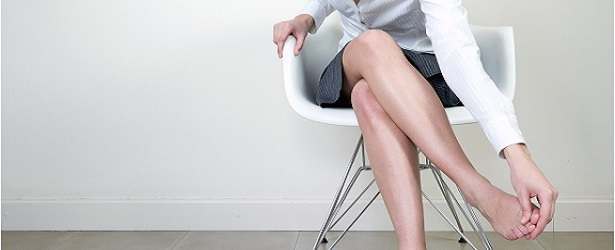
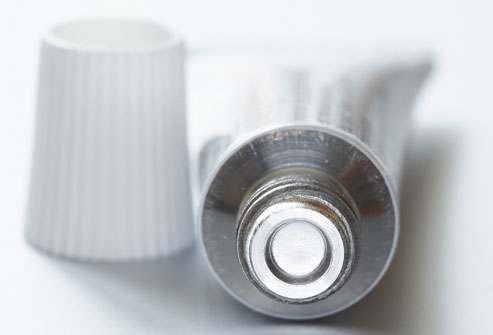 Treatment
Treatment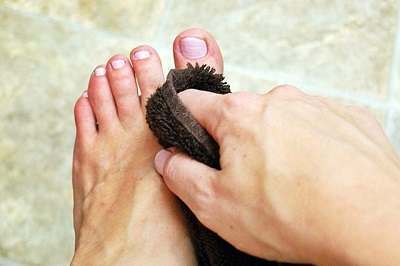

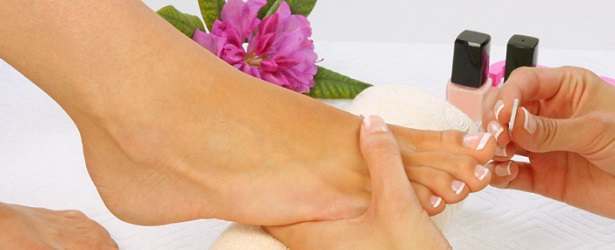
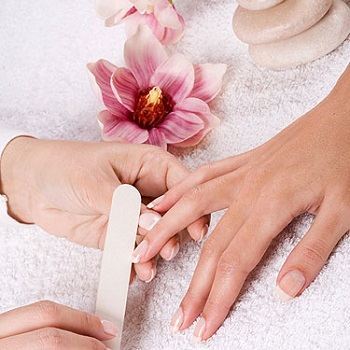 How can I get it at a salon?
How can I get it at a salon? 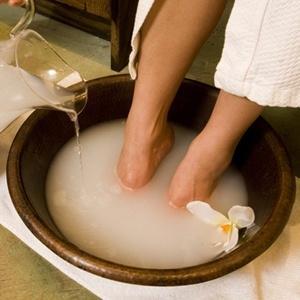 Blisters
Blisters
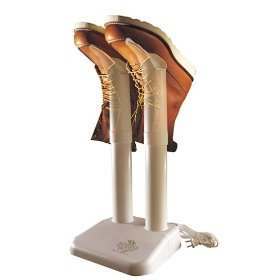 Do not walk around with damp feet. Many people end up with damp feet because they do not switch up their footwear often enough. So, the simplest way to prevent athlete’s foot? Change your shoes every other day. Also, let your shoes air out for about 24 hours before you wear them again. The shoes will dry faster if you store them in a dry, airy place.
Do not walk around with damp feet. Many people end up with damp feet because they do not switch up their footwear often enough. So, the simplest way to prevent athlete’s foot? Change your shoes every other day. Also, let your shoes air out for about 24 hours before you wear them again. The shoes will dry faster if you store them in a dry, airy place.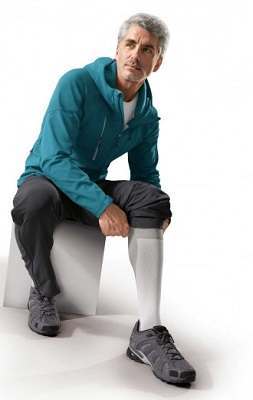 Try not to do activities that will keep your feet damp for a long time. If possible, avoid jobs where your feet will be wet for long periods of time. If you are stuck in a job like this, consider purchasing special socks or other items to minimize dampness. When you get a break, dry your feet as soon as possible. Then, in your free time, expose your feet to fresh air and warm them in the sun.
Try not to do activities that will keep your feet damp for a long time. If possible, avoid jobs where your feet will be wet for long periods of time. If you are stuck in a job like this, consider purchasing special socks or other items to minimize dampness. When you get a break, dry your feet as soon as possible. Then, in your free time, expose your feet to fresh air and warm them in the sun.

